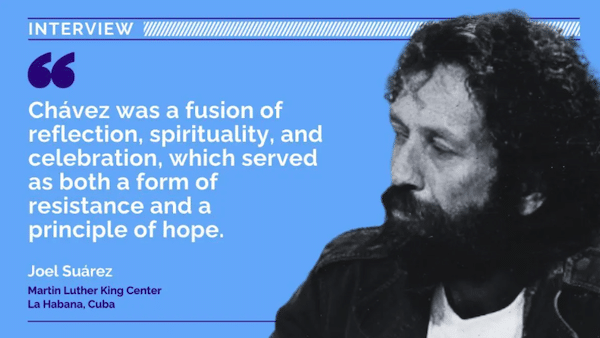
IDF launches military operation near Kamal Adwan Hospital in Gaza over terrorist activities
The Israel Defense Forces (IDF) launched a military operation around the Kamal Adwan Hospital in Gaza on Friday after receiving intelligence about terrorist infrastructure and operatives conducting terrorist activities in the area.
The IDF said that its troops are carrying out targeted operations in the area while mitigating harm to uninvolved civilians, patients, and medical personnel.
“While maintaining ongoing communication with hospital officials, the IDF and@cogatonline continue to make extensive efforts to enable patients to continue receiving care in other hospitals by facilitating the evacuation of patients from the Kamal Adwan Hospital, the ongoing transfer of supplies, food, and fuel to the area, and the restoration of operations of hospitals in the area,” it said in a post on X.
J-K: Anantnag Police deploy special teams to assist vehicles amid heavy snowfall
Police in Jammu and Kashmir’s Anantnag have deployed special assistance teams to provide immediate aid to vehicles affected by slippery roads and heavy snowfall.
According to an official release, these teams have been deployed at key points throughout the district to provide timely relief and ensure the safety of commuters facing challenges due to adverse weather conditions.
“Special assistance teams have been deployed at key points throughout the district. These teams are equipped to provide immediate aid to vehicles and commuters impacted by slippery roads and heavy snowfall,” the release said.
“The public is advised to exercise caution while travelling in such weather conditions. For emergencies or assistance, citizens are encouraged to Dial 112,” it added.
Police said that 24/7 helpline numbers have been established to cater to those in need during this period.
The picturesque city of Srinagar, known for its serene landscapes and scenic beauty welcomed the winter season with its first snowfall of the year on Friday.
Death toll in Brazil bridge collapse rises to 10
The death toll after a bridge collapse in northern Brazil increased to 10 on Friday, authorities said.
The Juscelino Kubitschek de Oliveira bridge, which connects the states of Maranhao and Tocantins, collapsed on Sunday, sending vehicles and their occupants plunging into the water below.
The Brazilian Navy had been conducting rescues in the area, finding an additional body Thursday six kilometers (3.7 miles) from the accident site and a second victim Friday in the Tocantins River.
“As such, there are 10 dead and seven missing victims so far,” the Navy said in a statement, updating Thursday’s toll of eight dead and nine missing.
More than 70 rescuers continued the search nearly a week after the collapse, using a hyperbaric chamber to allow divers to search depths of more than 30 meters (100 feet).
Canadian Cabinet ministers meet with Trump’s nominee for commerce secretary in bid to avoid tariffs
Two Canadian Cabinet ministers met with President-elect Donald Trump’s nominee for commerce secretary at Mar-a-Lago on Friday as Canada tries to avoid sweeping tariffs when Trump takes office.
Finance Minister Dominic LeBlanc and Foreign Minister Mélanie Joly met with Howard Lutnick, Trump’s nominee for commerce secretary, as well as North Dakota Gov. Doug Burgum, Trump’s pick to lead the Interior Department.
Trump has threatened to impose 25% tariffs on all Canadian products if Canada does not stem what he calls a flow of migrants and fentanyl into the United States — even though far fewer of each cross into the U.S. from Canada than from Mexico, which Trump has also threatened.
“Minister LeBlanc and Minister Joly had a positive, productive meeting at Mar-a-Lago with Howard Lutnick and Doug Burgum, as a follow-up to the dinner between the Prime Minister and President Trump last month,” said Jean-Sébastien Comeau, a spokesman for LeBlanc.
Several wounded North Korean soldiers died after being captured by Ukraine: Zelensky
Ukrainian President Volodymyr Zelensky said Friday that “several” wounded North Korean soldiers died after being captured by Ukrainian forces, as he accused Russia of throwing them into battle with “minimal protection”.
Ukraine and its western allies say North Korea has sent thousands of soldiers to support Russia’s army, in what is seen as a major escalation in the nearly three-year war following Moscow’s 2022 invasion.
“Today there were reports about several soldiers from North Korea. Our soldiers managed to take them prisoner. But they were very seriously wounded and could not be resuscitated,” Zelensky said in an evening address posted on social media.
South Korea’s spy agency said earlier on Friday that a North Korean soldier who was captured while fighting in Russia’s war against Ukraine had died of his wounds.









